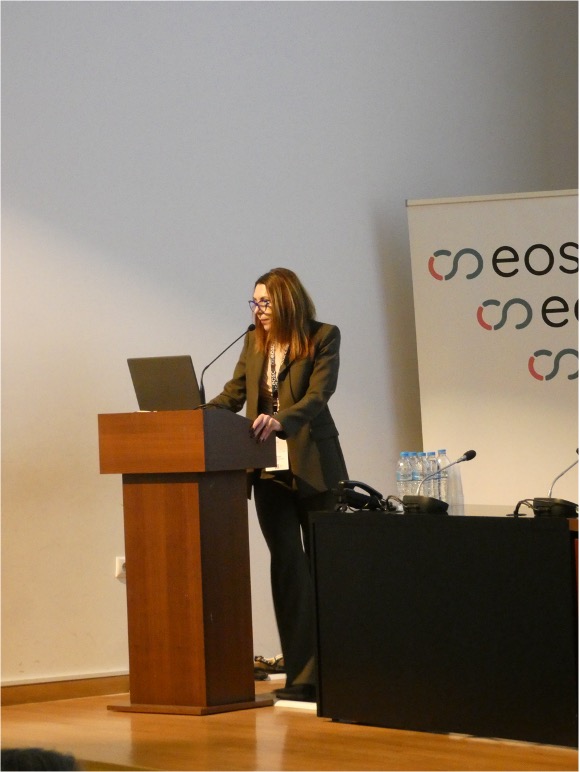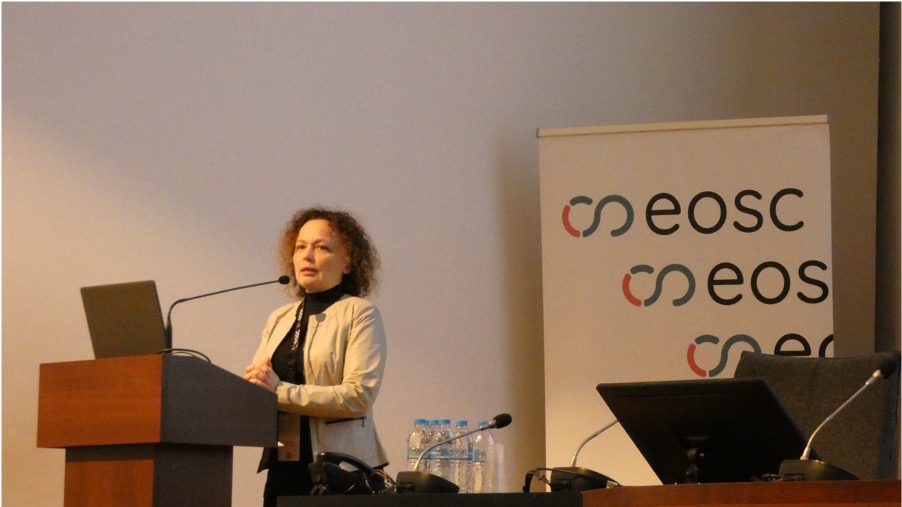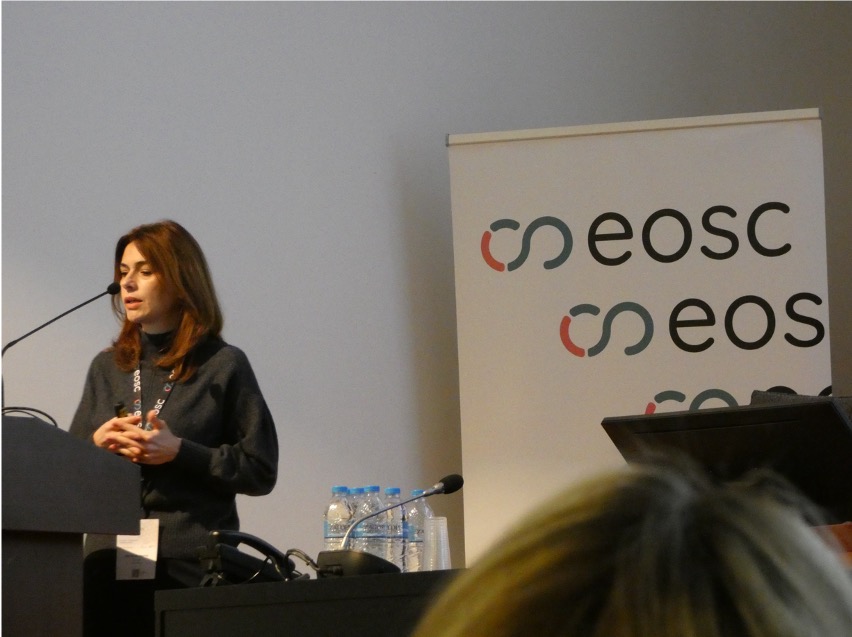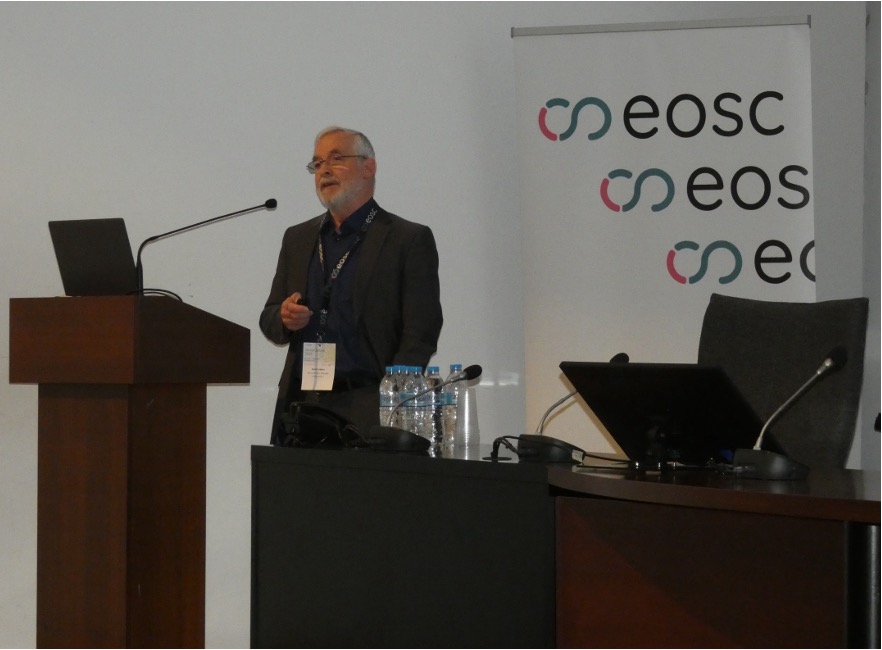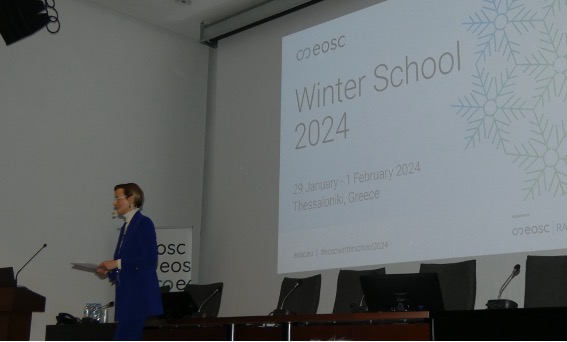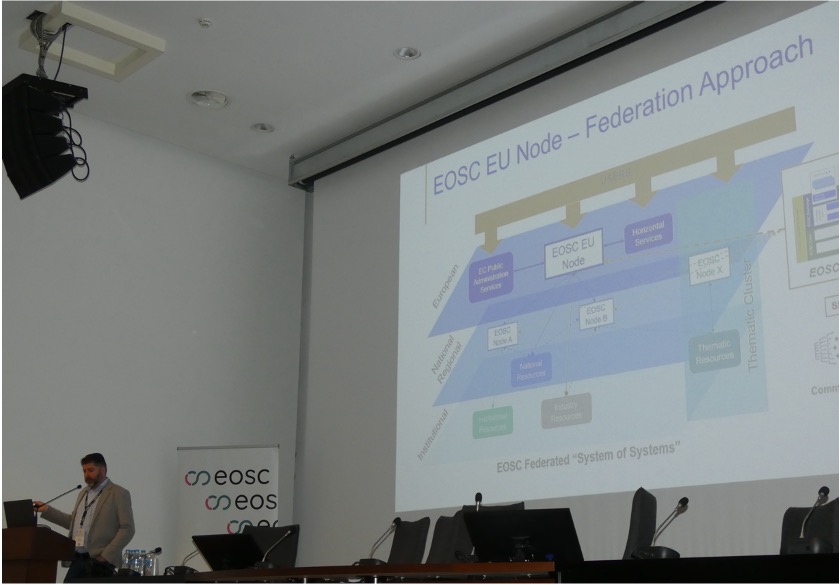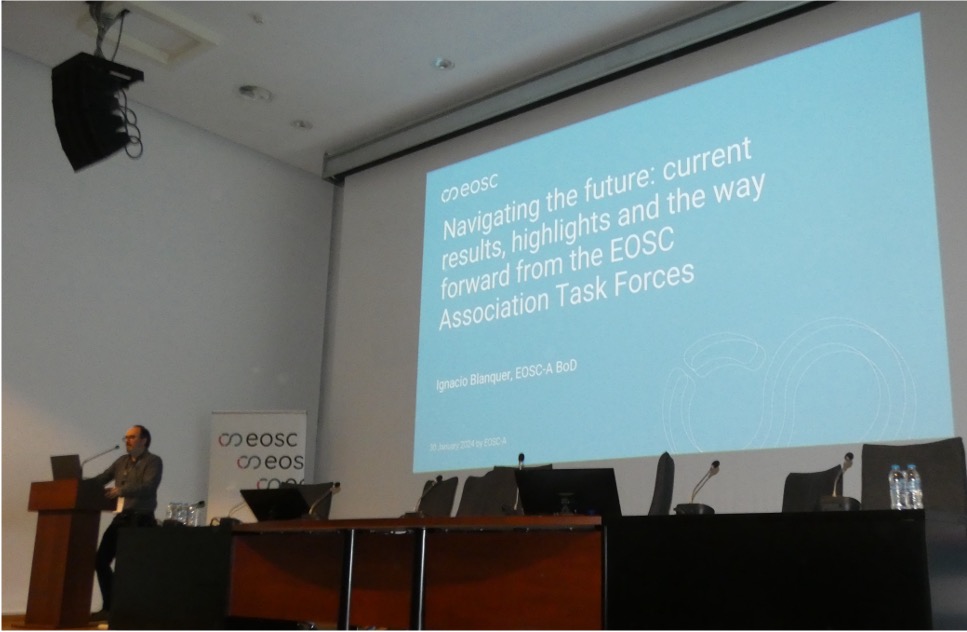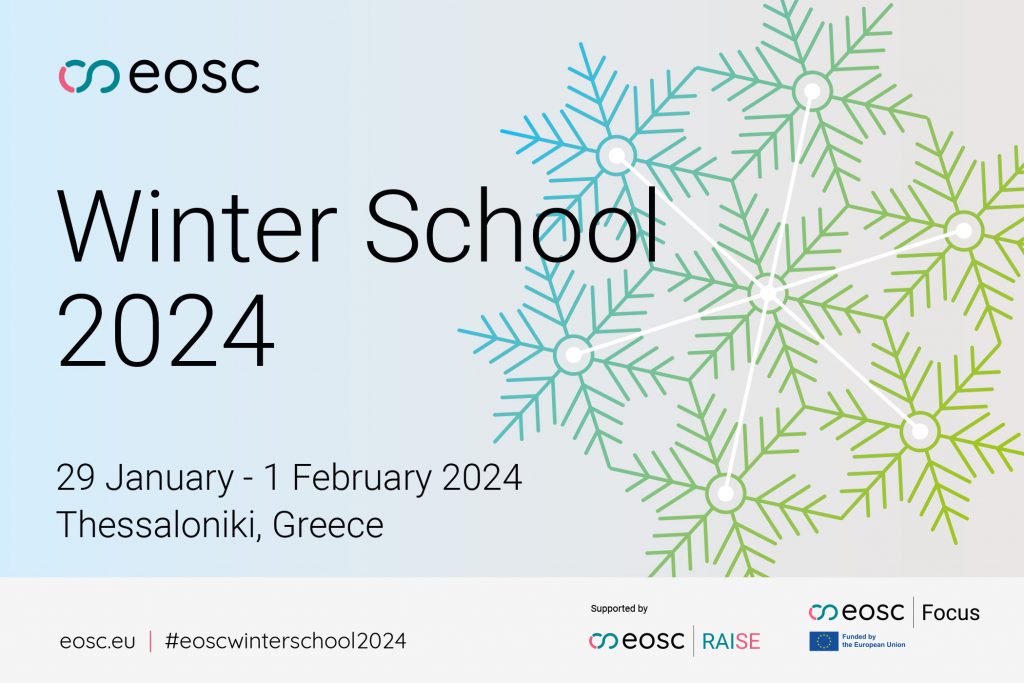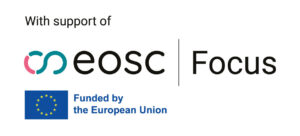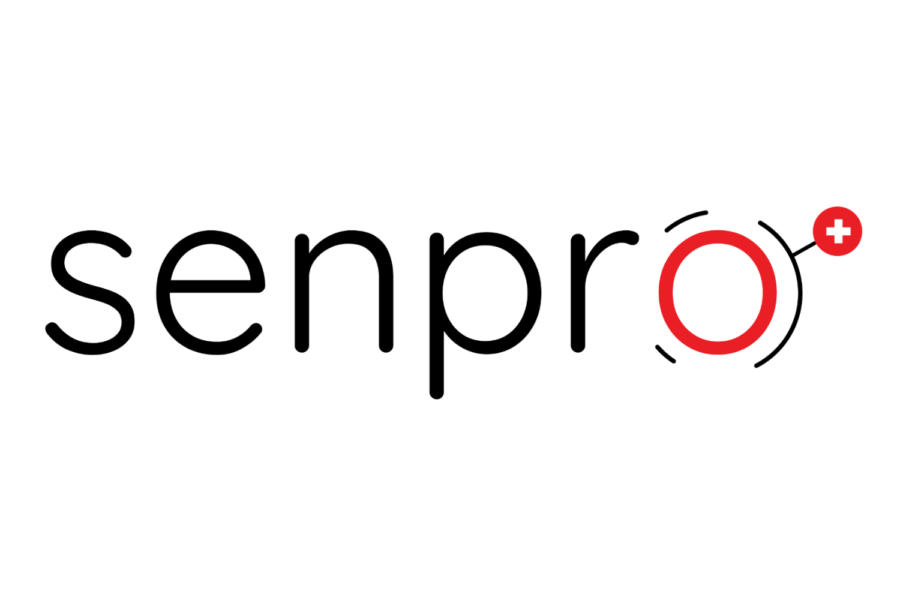THESSALONIKI — The success of the first EOSC Winter School can best be gauged by the fact that it will not be the last.
One of the key conclusions of the nearly 120 participants from the EOSC Association (EOSC-A) and the 21 EOSC-related EU projects is that the Winter School resulted in such essential collaborations and outcomes, inspiring an appetite for “more hands-on, collaborative work”, that it should be repeated on an annual basis.
The Winter School was held over three days days, from 30 January to 1 February, in Thessaloniki, Greece. Organised by EOSC-A, with the support of the EOSC Focus project, the Horizon Europe (HE) EOSC-related projects, and local organisers from the RAISE project consortium, the event centred on a series of collaborative workshops, each aiming to address coordination gaps between the HE EOSC-related projects and to deepen technical understanding across various “Opportunity Areas” (OAs). The outcomes of the workshops will also serve as input to version 2.0 of the EOSC Partnership’s Strategic Research and Innovation Agenda (SRIA 2.0), which will be delivered by the Partnership in 2024.
Energy, brain work and ambition
“By all accounts, the Winter School was really succesful,” said EOSC-A President Karel Luyben. ”The combination of many of the EOSC relevant projects, the presence of most of the EOSC-A Task Forces and their joint interaction in the sessions on the different Opportunity Areas, made it possible to arrive at a much more common understanding and resulted in mutual learning. Three intensive, but very productive days.”
The event began on Tuesday morning with welcome talks by the local hosts from the Medical Physics and Digital Innovation Lab at Aristotle University, and a range of plenary presentations from the European Commission (EC) and EOSC-A (available below). For the next two days, the attendees, representing 21 EOSC-related EU projects, discussed their work grouped across six Opportunity Areas, identifying both challenges and potential collaboration opportunities. Key points and conclusions as identified by the six OA groups and one cross-cutting group are as follows.
Outcomes, recommendations and the road ahead
OA1: PIDs (Persistent Identifiers)
The group discussed ways to facilitate mutual learning and to identify efforts, challenges and opportunities for future collaborations around PIDs. By considering presentations, case studies and demonstrators, the group worked on defining recommendations and next steps for the OA on PIDs to strengthen the commitment of “supporting sustainable, quality-assured PID ecosystem for EOSC (and the world!)”. Proposed next steps include:
- The re-establishment of the EOSC PID Task Force (TF) or a similar mechanism as an interim authority for assessing EOSC PID compliance;
- the need for projects considering new PID services to describe their compliance with PID Policy; and
- the establishment of support for the development of federated national and regional Scientific Knowledge Graphs and PID Graphs.
OA2: Metadata, Ontologies & Interoperability
The focus of the sessions were next steps and priorities around the OA2 commitment for “more hands-on, collaborative work”. The identified priorities centred on the benefits of an EOSC Interoperability Board, collaborations between EOSC projects and Task Forces (TFs), consolidating problems and gaps from TFs and project outputs for SRIA 2.0; the provision of input to upcoming calls for 2026/2027; the EOSC approach to metadata and ontologies; and increasing the potential for sustainable results coming out of HE EOSC-related projects.
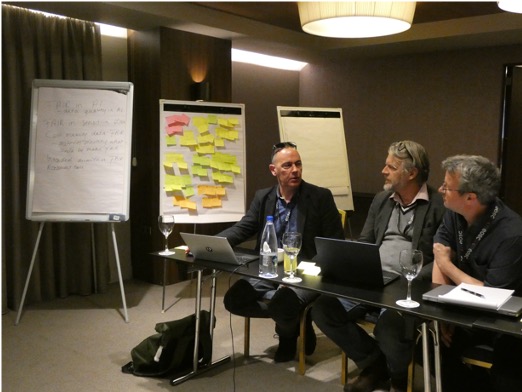

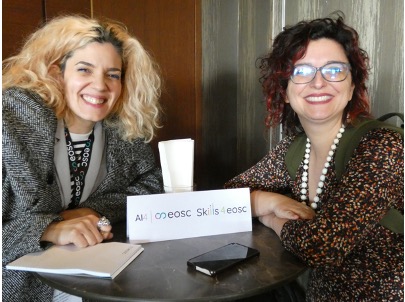
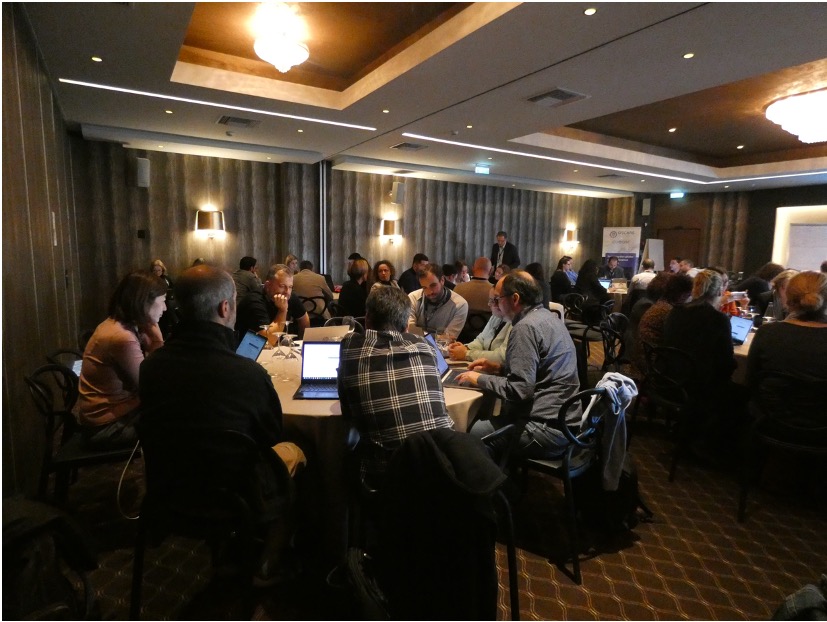

OA3: FAIR Assessment & Alignment
The group’s discussion focused on the misconception that good FAIR data “scoring” equates to good quality data. The OA3 group committed to carrying that message out to their own communities by becoming advocates for the topics discussed, and by taking home lessons on the importance of FAIR metadata and data quality and preservation. The group also discussed making FAIR Assessment tools more transparent, and how this is facilitated by projects such as FAIR-IMPACT and OSTrails.
OA4: User & Resource Environments
The group discussed frequently encountered challenges in relation to Virtual Research Environments (VREs), including access issues; gained insight into the technologies used across the various projects; and examined ways to align previous, current and future activities. When looking at next steps and opportunities, the group discussed the organisation of hackathons, the potential for creating a starter kit for follow-up projects, the potential to explore the evolution from VREs to trusted VREs (ENTRUST), as well as sustainability plans and challenges.
OA5: Skills, Training, Rewards, Recognition, & Upskilling
The OA5 group intends to stay together as an expert group for the coming months and start working on the actions identified during the Winter School. The group will organise a follow-up meeting to further consolidate the discussions and actions of their sessions, and to start liaising with the relevant EOSC actors to progress the specific action points identified.
OA6: Open Scholarly Communication (OSC)

The group aimed to understand the current landscape of EOSC through the developments in the EOSC-related projects, identify potential areas of need and opportunity, and define recommendations. The group’s commitment was defined as “the diversification of EOSC ‘outputs’ and improvement of how they are to be treated as ‘publications’”. The group’s recommendations started by highlighting the need for explicit mention of scholarly communication in the SRIA, and further proposed a TF on Open Scholarly Communication to work on concrete actions that cannot be accomplished via EU projects. As to what the next steps might be, the group highlighted the need to explore questions such as whether the community is ready to introduce AI techniques, and what challenges are raised by the current research outputs.
INFRA-EOSC Projects – Sustainable Pathways to Impact
The objectives that served to structure the group’s discussion were to introduce the Key Exploitable Result (KER) Sustainable Exploitation Pathways for Impact (SEP) planning methodology; pilot a practical application; and jointly refine the approach proposed. The group recognised the relevance of planning for the exploitation of the KERs, the importance of intellectual property rights (IPR) issues, and the need for guidelines, expert evaluation and aligned collaboration. The group brought to light that the current uncertainties around the future EOSC governance and financing provide a fragile reference framework on which to hang exploitation and sustainability plans.
Next steps and SRIA 2.0
The efforts put into the Winter School are expected to result in public, concrete outputs, including, for example, joint deliverables, joint sessions in workshops, and joint publications. The outputs will subsequently be presented at the EOSC Symposium 2024, which will be held 21-23 October in Berlin, in an effort to further support and consolidate the collaborations consolidated over the course of the week.
The most immediate tangible outcomes of the Winter School are twofold. With a better overview of INFRAEOSC project activity, EOSC-A’s TF Co-Chairs can aim to identify elements of interest from their outputs and map them to the relevant projects. On top of this, EU projects can maximise their influence on the implementation of EOSC through the OA topics identified during their sessions, which will be used to inform the drafting of SRIA 2.0 as well as the work plans of new EOSC-A TFs. Ultimately, this approach is meant to ensure that planning is based on shared foundations and proceeds as a conversation between the projects, the EOSC Association and the European Commission.

